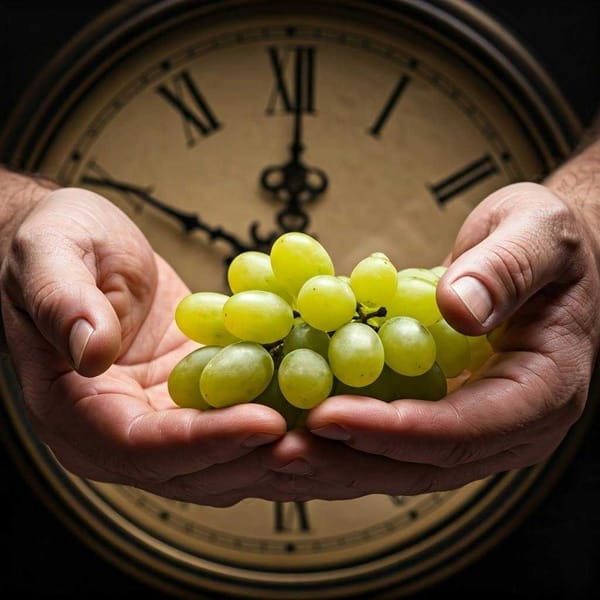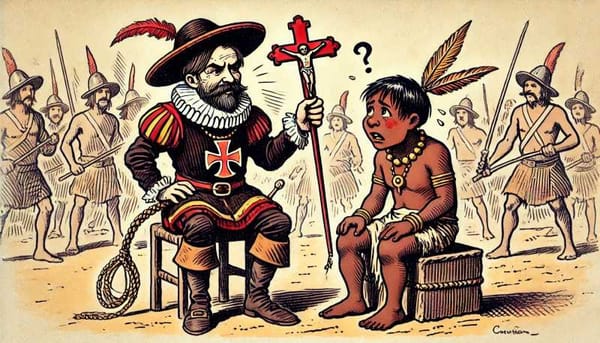What is the conservation concept? A profitable profession
The conservation is a set of preventive or corrective measures adopted to ensure the physical and functional integrity of archival documents. Find out more.

Since ancient times, man has been concerned with maintaining in perfect condition all those objects that satisfy his needs. In the beginning, perhaps his "instinct for survival" led him to take measures to safeguard his food, the places he considered appropriate for the development of his activities, the skins he obtained from the animals he hunted and which later served to protect him from the cold; possibly without realizing it, he began to carry out conservation tasks intuitively, thus generating techniques that he gradually improved.
In ancient times, conservation methods were based on both beliefs and experiences: it was preferred that the furniture in which the books were to be placed be made of certain woods, especially cypress; aromatic herbs were also placed inside the buildings that housed the documents since they repelled insects; the buildings were oriented in such a way that the sun entered from the west side since it was thought that this stimulated their vitality and that they would therefore last for a long time in perfect condition. Among the Muslims, there was even the custom of writing incantations on the inner leaves of books to protect them further.
Today this concern for conservation is still alive and well. We conserve paintings, photographs, documents, and, of great concern, we try to conserve the environment since its deterioration is considered a problem that endangers humanity itself.
Towards the preservation of our history
We, as individuals, in a very particular way, also preserve "our history"; we consider it so important that we try to save as much of it as we can, keeping various objects that meant something at some point in our lives: family photographs, our children's cards that record visits to the doctor where he wrote "At nine months Paola is trying to walk...", the seashells we brought back from our vacations at the beach, the folder of drawings we made in the first year of kindergarten.
Adults help to guide children in the incipient tasks of conservation: at an early age, mom tells them where and how to store toys; in elementary school, the child learns the basic principles of this activity, since it is there where they are told how to protect their notebooks and books, how to join with the pages they have torn, how to paste the monographs they are asked to use for their homework, and so on. While it is true that the techniques taught are not the most appropriate, they are useful at the time.
Thus, nowadays we not only preserve what we consider indispensable for our survival and well-being, but we also recognize special attributes to some of these objects and documents and we protect them as relics or testimonies of a past event. This activity led man to establish some institutions that are concerned with keeping the historical memory of the facts that are considered relevant for a nation or a people, such as libraries, newspaper libraries, archives, museums, film libraries, etc., each of which tries to keep in optimal conditions their historical legacies, documents that serve to refer to those critical moments, images that clearly indicate the occurrence of some movements and their importance, films in which historical characters carry out the signing of a treaty.
A great relationship that exists between "our personal and social history" and the history kept in the historical archives is that, for the most part, all the information is deposited on the paper.
Everyday paper
What is paper? As we know, paper is made of cellulose. Cellulose is the main structural material of plants; it is the main ingredient of cotton, timber, flax, straw, and all vegetables.
There are several types of paper: there are papers for writing, for drawing, for making the birds we see flying in the sky, we use Chinese paper, magazines, books, and now even recycled paper. But there is a difference between them, their quality is very different because it will depend on the uses to which they are destined, thus, if they are papers that will be used for book covers, they can be bond, fabriano or couché and they can be colored or white. Formerly made with cotton rags, this type of paper is known as "handmade". Nowadays, it is made by machines, so it is known as "mechanical paper" and the degree of impurities present in it is high, which reduces its lifetime. The clearest example is found in newspapers, whose purpose is to inform us at the moment and the next day are of no importance.
Who damages paper?
Who causes damage to documentary materials? Man, rodents, insects, microbes, temperature, humidity, staples, paper clips, and the manufacturing process itself, since the impurity content is considerable. The following is intended to show the relationship between damage and the element of deterioration in documentary materials.
Agent of deterioration and most frequent deterioration
Man: mutilations, tears, grease stains, etc.
Rodents, insects: bites, punctures, droppings.
Microbes: color effect on leaves, disintegrable, etc.
Temperature and relative humidity (high): development of microorganisms and chemical deterioration of the material, accelerated aging.
Temperature (low) and relative humidity (high): increase of its volume.
Temperature (high) and relative humidity (low): drying, which makes it brittle and, consequently, easily vulnerable to tearing.
Metal objects (staples, paper clips, nails): cause missing parts due to oxidation.
The acidity of the paper: deterioration of the cellulose, accelerated aging, consequent loss of its physical and chemical properties.
These are just a few examples. As we can see some of these factors can be controlled and some others are out of our reach; we can minimize the risks posed by temperature, relative humidity when these parameters are 18°C and 50-55% respectively. In this way we can also eliminate the presence of microbes; with special traps, we can avoid the presence of rodents and some insects, and by not placing metallic objects we can guarantee the good condition of our documents, but the ones we cannot control are the presence of man and the nature of the paper. Unfortunately, the greatest damage is caused by man, not only to documentary materials but to all types of goods.
Why conserve?
The act of preserving, then, should not only be about storing history, memories, and heritage; it should be a discipline, it should be done in a conscious way: How long does it take to vacuum our libraries, to bind those books that no longer have pastedowns or whose pages are detached, to celebrate in a moderate way those triumphs that we consider important, or to keep our photographs in a special album? In exchange for this, we will be somehow "immortal" and future generations will perhaps become aware and understand the importance of preserving what is sometimes derogatorily called "old papers".
By Julio César Ramírez Alcántara




